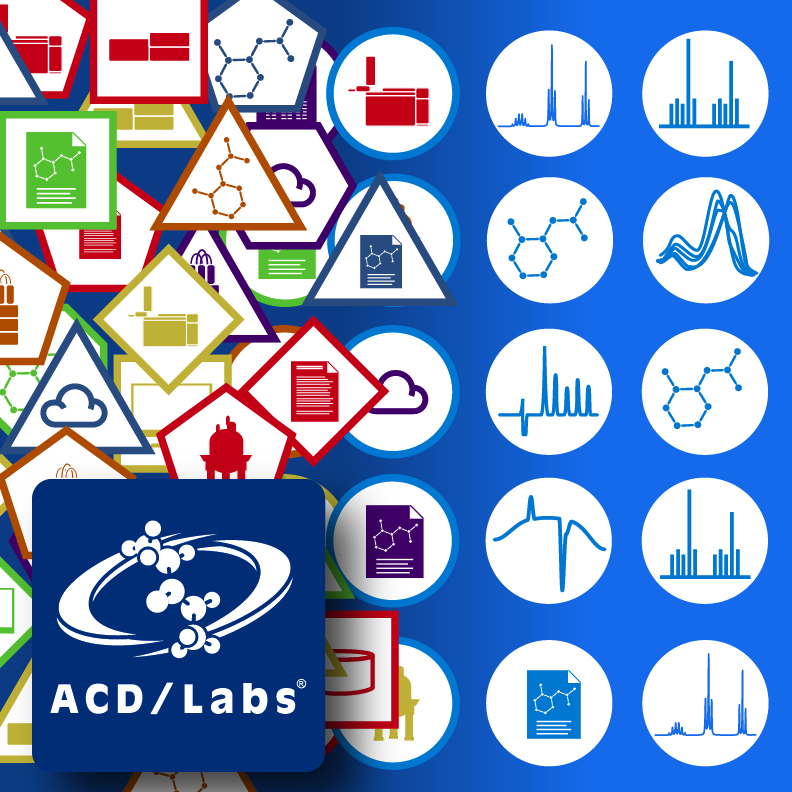Tech focus: Chemistry
A roundup of the latest chemistry software available to researchers
With huge costs and long development timelines associated with getting new drugs on the market, a wide selection of software tools have been developed to help pharma organisations to more effectively and efficiently develop new candidate drugs.
In such a hugely competitive market, even getting a drug to market a few months early can substantially affect profitability. Equally, setbacks and delays in the development and research process can greatly impact the potential cost of successful drugs or the outright success of a new compound.
Today there are several categories of software tools, from data curation to quantitative structure–activity relationship (QSAR) and even specialised ligand-based tools.
There are also an increasing number of AI- and deep- learning-powered software options that offer huge potential to accelerate the discovery pipeline.
Featured chemistry software product:

Digitalise analytical chemistry knowledge
Analytical data is central to critical decisions made every day. With your current informatics systems, however, the data is still either stuck in specialised silos or overly abstracted to text and images that are difficult to reuse. Digitalise and centralise the analytical knowledge gathered across your labs with the Spectrus Platform – the searchable informatics environment that speaks the language of analytical data.
The Spectrus Platform provides:
- A common, standardised format for LC/MS, GC/MS, NMR, Optical, and all major analytical chemistry techniques – for lab scientists and data science applications
- Chemically intelligent data processing and analysis to help lab scientists extract answers from their data quickly and with confidence
- Integration of chemical structure and information for contextual data storage
- Spectral, chemical, and text search capabilities for easy access to live data that can be reviewed, reported, and/or re-analysed
- Automation of analytical workflows and integration of analytical data into your existing informatics environment
To find out more: www.acdlabs.com/ADM
Chemistry products on the market now
ACD/Labs develops its Spectrus and Percepta platform software to support drug discovery research. The latest release of Spectrus provides functionality for machine-readable structured output, which has the potential to assist stakeholders in R&D organisations with aspirations to digitalise laboratory workflows, reduce the degree of document-driven decision-making, and mitigate the risk of manual data transposition.
These new advances to the software platform help to deliver new functionalityfor scientists that includes: decision support, improved data flow and hardware/ software integrations; expansion of instrument control, and the expansion of browser-based technologies.
Founded in 2018, Alvascience is striving to boost value for cheminformatics research through high-tech software solutions using machine learning and other science tools.
Starting from data curation (alvaMolecule), the calculation of molecular descriptors and fingerprints (alvaDesc), regression and classification modelling (alvaModel), the deployment of the models (alvaRunner), to de novo molecular design (alvaBuilder), AlvaScience products can be used independently or as a suite of tools to tackle the entire QSAR workflow.
The alvaMolecule component was conceived as a molecular worksheet where molecular datasets can be visualised both as a molecule grid or as a spreadsheet; additional data provided within SMILES and MDL files are automatically imported and can be used, together with the calculated descriptors and physicochemical properties, to sort and filter the molecular dataset.
CDD Vault is a complete informatics platform that helps project teams manage, analyse, and present data for biotech companies, CROs, academic labs, research hospitals, agrochemical and consumer goods companies.
Built for drug discovery teams, CDD Vault says the web interface is intuitive for beginners and powerful for experienced users, allowing data migration without requiring any IT expertise. CDD Vault enables users to access all their research data from any modern web browser. They can search for any experiment or explore results in SAR tables and plots. Filter, colour code, and highlight substructures to quickly screen for patterns.
CDD Vault is delivered as a hosted solution that is cost-efficient for academic laboratories, start-ups, and biopharmaceutical companies. CDD Vault comes with in-house support and can scale up as teams grow.
Certara has added deep learning capabilities to its scientific informatics software platform, D360. The addition of novel AI will enable discovery scientists to integrate multiple structured and unstructured data sources and substantially enhance predictions and analysis of content related to small molecules and biological drugs.
The rollout of D360 with advanced deep learning analytics includes automated property prediction, novel structure generation and access to unstructured data.
Predictive deep learning models trained on public and proprietary chemical structure and biological data will provide quantitative or categorical predictions that improve substance prioritisation.
Certara’s Simcyp Simulator Version 22 includes new capabilities and updated features to the company’s population-based modelling and simulation platform. The simulator has proven use cases across drug development, including first-in-human dosing, extrapolation to special populations, bioequivalence testing, optimising clinical study design and predicting drug-drug interactions (DDIs). New capabilities in version 22 include an expanded compound library, enhancement of subcutaneous dosing capabilities and expanded mechanistic modelling.
Cresset software is underpinned by patented scientific methods that use 3D molecular electrostatics and shape to shed light on the properties and behaviours of chemical structures and, crucially, to understand the key interactions which underpin biological activity.
Flare is an agile ligand-based and structure-based drug design solution, while Spark isa scaffold-hopping and R-group replacement to generate innovative ideas for discovery projects.
Flare enables chemists to closely inspect the detail of their ligand-protein complexes, using a variety of methods to gain useful insights into their protein targets and ligand series. As our most feature-packed software package, both ligand-based and structure-based drug designers are supported to progress their lead optimisation.
Iktos specialises in the development of AI solutions applied to chemical research, more specifically medicinal chemistry and new drug design. Iktos’ technology platform is designed to enable major productivity gains in upstream pharmaceutical R&D. Iktos has developed Makya, a fully automated SaaS platform for de novo drug design that enables rapid identification of molecules that satisfy multiple drug-like criteria to expedite drug discovery and development. Makya is suitable for both ligand-based and structure-based virtual lead design and allows multi-parametric optimisation (MPO) of lead molecules towards potential pre-clinical drug candidates.
Intellegens’ Alchemite deep learning software solves real-world data problems, accelerating innovation in materials, chemicals and manufacturing. Alchemite provides web-based access to data analysis, model-building, optimisation, and prediction tools, with intuitive graphical visualisation of results. Scientists or engineers can get started fast, according to Alchemite – no coding skills are required.
Alchemite Analytics can accelerate research, only taking minutes to train models that take conventional machine learning methods hours or days.
OpenEye Scientific develops Orion, a software cloud platform for molecular design and simulation. This software reduces the requirement to run and maintain expensive infrastructure hardware. With Orion, you can access OpenEye computational tools in the cloud. Running these solutions on AWS (Amazon Web Services) means users can solve modelling questions that may have been previously impossible due to compute- time or hardware limitations.
The Orion Science Suites group together complementary functionality into solutions: Orion Small Molecule Discovery Suite for structure and ligand-based design, Orion Antibody Discovery Suite for diverse antibody library design, Orion Formulations Suite for crystal structure prediction and the Orion Gaussian Module for quantum chemistry calculations on cloud.
Optibrium’s Stardrop software aims to provide a complete platform for small molecule design, optimisation and data analysis. StarDrop delivers in silico technologies within a visual interface, designed to enable a seamless flow from the latest data through predictive modelling to decision-making. This helps users to improve the speed, efficiency, and productivity of the discovery process.
Cerella is powered by Alchemite, a deep learning method developed by Optibrium’s technology partner Intellegens. In collaboration with pharmaceutical and biotechnology partners,
Optibrium has showcased Alchemite’s benefits over conventional modelling
methods in peer-reviewed studies, resulting in reductions in cost and time of discovery cycles. Cerella has collaborated with several pharma and biotech organisations to demonstrate its benefits, working with datasets from the individual project level up to global compound data repository level investigations.
Merck’s Synthia retrosynthesis software ispowered by algorithms that can help experts’ access and make use of the vast amounts of data on chemical synthesis collated over decades of research. Synthia provides invaluable information that can point towards the best possible route to execute – minimising cost, the number of steps, and the best chance of making the required molecule with the desired properties. This can dramatically reduce the time it takes for a chemist to think of a viable route to embark on in the lab.
The tool works by harnessing the potential of advanced algorithms powered by more than 100,000 hand-coded reaction rules – painstakingly sifting through retrosynthetic possibilities while at the same time examining what has been done, what could be done, and what starting materials are available.


